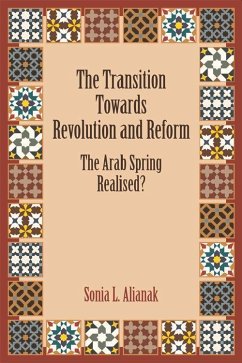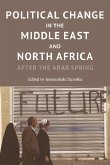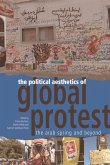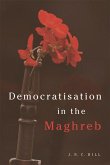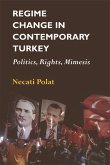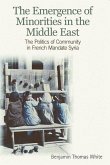'This volume goes far beyond journalistic accounts of the Arab Spring. It not only provides a necessary comparative perspective but discusses events within the much-needed context of broad theoretical views, including those models developed by the author.' Professor James Lutz, Indiana University-Purdue University at Fort Wayne Asks why some Arab Spring uprisings led to reforms and others to revolutions The Arab Spring created attempts to transition towards democracy by the peoples of Tunisia, Egypt, Morocco and Jordan. This study compares methods used by the secular leaders of Tunisia and Egypt in dealing with people power demanding revolution, with those resorted to by the monarchs of Morocco and Jordan in accommodating their people's priority of reform. In contrast with the monarchs, the secular leaders avoided resorting to the palliative of religion to ensure the stability of their rule and were, as a result, unable to survive. At first moderate Islamist parties were elected to lead the populace out of economic deprivation and corruption. But were the ideals of the Arab Spring realised? This study evaluates the relative success of the move to democracy in these four Middle Eastern countries. Key Features . Uses four case studies: Tunisia, Egypt, Morocco and Jordan . Explores the differences between revolution in republics and reform in monarchies in the Arab world following the Arab Spring . Introduces an innovative explanation of reforms to show how leaders in Morocco and Jordan used religion to survive . Takes a creative theoretical approach to analysing revolutions in Tunisia and Egypt which can also be applied to other revolutions in the Middle East . Contributes to the reader's understanding of the initial trends of the electoral victories of moderate Islamist parties in the people's attempts to transition towards democracy following the Arab Spring, and their aftermath Sonia L. Alianak is an Associate Professor in the Department of Political Science at the University of Texas - Rio Grande Valley. She is author of Middle Eastern Leaders and Islam: A Precarious Equilibrium (2007). Cover images: www.shutterstock.com Cover design: Stuart Dalziel, based on an original idea from Sonia L. Alianak [EUP logo] www.euppublishing.com

